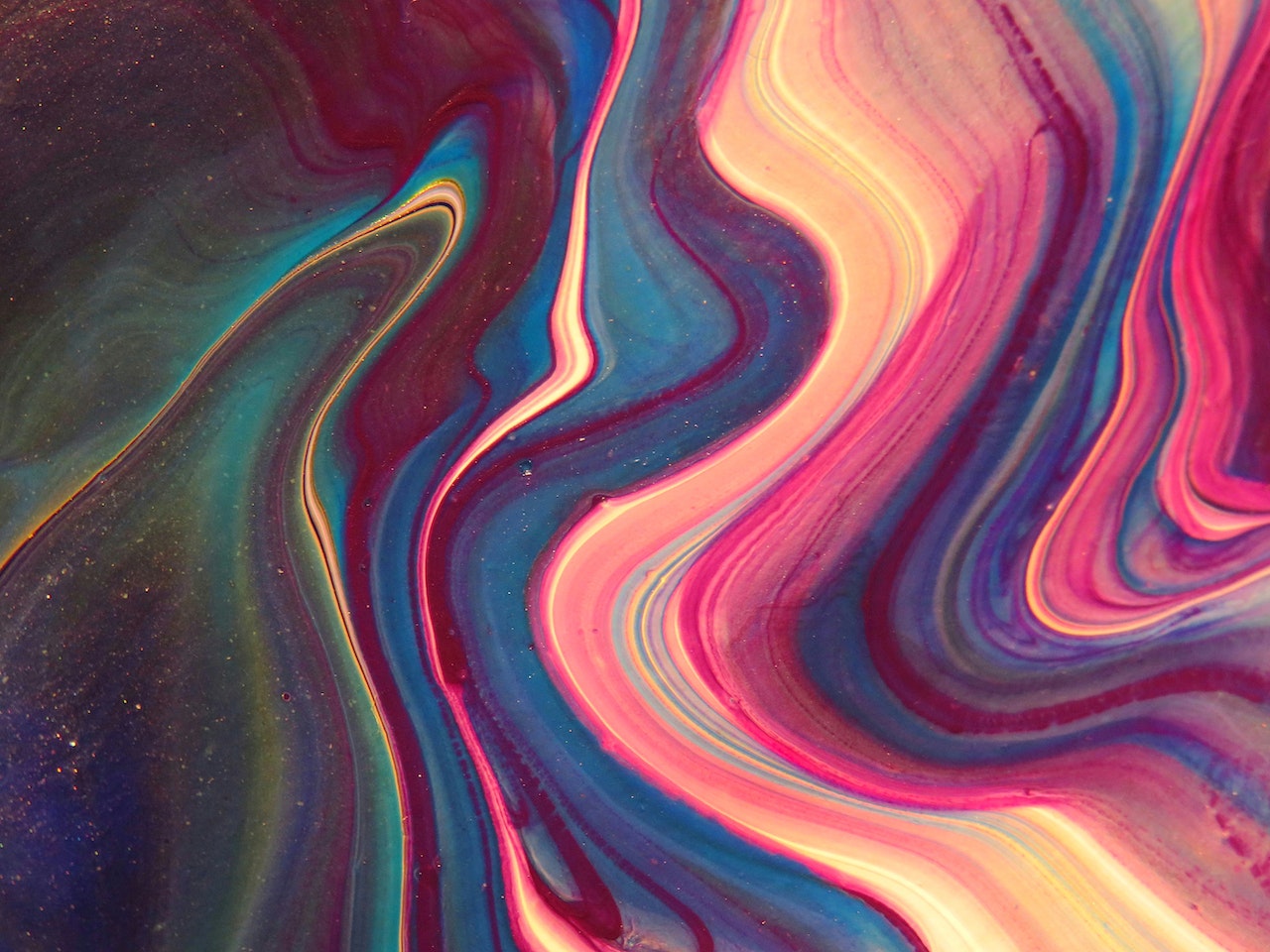Reactive dyes are dyes that form a chemical bond with the fibers of a textile material during the dyeing process. They are used for dyeing cellulosic fibres like cotton, rayon, and hemp, as well as some protein fibers like wool. Reactive dyes are known for their excellent fastness properties, meaning they have good colorfastness to washing, light, and other environmental factors.
These dyes form a chemical bond with the fibers of the textile during the dyeing process, resulting in a long-lasting, colourfast dye job. Reactive dyes are known for their excellent colorfastness to washing, light, and other environmental factors, making them a popular choice for use in the textile industry.
By incorporating the expertise and innovation of Reactive Dyes Manufacturers in India, the textile sector can ensure the production of durable, vibrant-colored fabrics that meet the demands of consumers and withstand the causes of daily use.
What is Reactive Dye Printing?
So what is reactive dyeing in textiles? Reactive dye printing is a process of printing designs onto fabric using reactive dyes. Reactive dyes are dyes that form a chemical bond with the fibers of the fabric during the printing process, resulting in a long-lasting, colourfast print. This method is often used in the textile industry to produce printed fabric for clothing, home goods, and other products.
In reactive dye printing, the reactive dyes are applied to the fabric using a screen printing process, in which a stencil is used to control the application of the dye to specific areas of the fabric. The printed fabric is then subjected to a series of chemical reactions and treatments to activate the dyes and fix them to the fibers.
Reactive dye printing offers several benefits over other printing methods, including excellent colorfastness, the ability to produce bright, vibrant colours, and the ability to print on a variety of fabrics, including cellulosic fibers like cotton and rayon. This answers the fundamental question of what is reactive dye printing.
What is Reactive Dye Fabric?
Reactive dye fabrics are a type of textile that use reactive dyes to change colours when they come in contact with other materials. This is done by either exposing the dye to another material right before it is put into the fabric or by having the fabric and dye layer already in place. This makes reactive dye fabrics one of the most versatile materials out there, as they can be used for everything from clothing to textiles and home furnishings.
One reason why this type of fabric is so popular is that it can be used for a variety of applications. reactive dye fabrics can be used for clothing, home furnishings, and decorative items. They also have many benefits over traditional textiles. For example, reactive dye fabrics are environmentally friendly because they do not require any harsh chemicals or dyes to be produced.
What is A Reactive Dye In Chemistry?
Reactive dyes are chemicals that react with other molecules to form new compounds. They are used in many different areas of chemistry, including textile dyeing, food colouration, and the synthesis of pharmaceuticals. Reactive dyes can be classified by how they react: anionic, cationic, or nonionic.
Anionic reactive dyes are the most common type and are made up of an electron-withdrawing group (a molecule with a negatively charged atom) connected to a positively charged atom. These dyes tend to be soluble in polar solvents but not in nonpolar solvents. Cationic reactive dyes have a metal atom attached to the electron-withdrawing group, making them more soluble in nonpolar solvents but less soluble in polar solvents.
Conclusion
Reactive dyes are a type of dye used in the textile industry for colouring fabric. They offer excellent colour and brightness, making them popular for use on a variety of materials. However, the dyeing process using reactive dyes can be more complex and time-consuming, and the dyes can be harmful to the environment if not properly disposed of.
